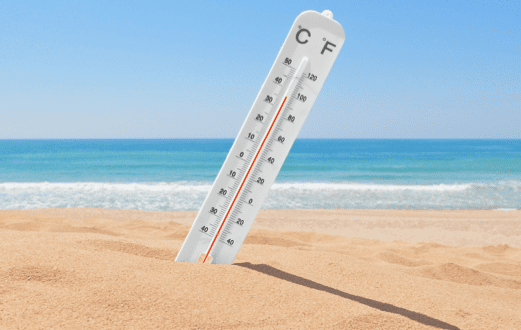Summer is in full swing! Here are some tasks to take care of in July to keep your garden and landscaping looking its best.
WHAT TO PLANT
Annuals/Bedding plants: Examples of summer annuals to plant now include celosia, coleus, torenia, ornamental pepper, and many, many others. Visit our annuals/flower house to get inspired!
Herbs: While summer is too hot to start herbs from seeds, many can do well if they’re started from small plants.
Palms: Continue planting palms while the rainy season is in full swing. Support large palms with braces for 6–8 months after planting. Nails should not be driven directly into a palm trunk.
Vegetables: If you’re into vegetable gardening, you can go ahead and start your Halloween pumpkins this month, but watch out for mildew diseases. Okra and Southern peas can also be planted.
WHAT TO DO
Trees: Prepare for hurricane season by checking trees for damaged or weak branches and pruning if needed.
Lawns: Determine the cause of any lawn problems before taking action. If an insect is the culprit, treat only the affected area. Rule out disease or sprinkler malfunction.
Fertilizer Bans: Some municipalities in Florida prohibit the application of fertilizer to lawns and/or landscape plants during the summer rainy season (June–September). Make sure you check to see if such an ordinance exists in your area.
Vegetable garden: Use the summer heat to solarize the vegetable garden for fall planting. It takes 4–6 weeks to kill weeds, disease, and nematodes, so start now. (Learn more about soil solarization here)
Azaleas: Prune no later than mid-July to protect developing buds for next spring’s bloom.
Irrigation: Install an inexpensive rain shutoff device to save money by overriding an irrigation system when it rains. If one is already installed, you should double-check that it is operating properly.
Pests on ornamental plants: Inspect the leaves of azaleas and ornamental plants for small white dots that may indicate lace bugs at work. You can spray the plants forcefully with water to help control this pest.
Citrus: Check your citrus trees for damage to fruit or leaves and take action to minimize the effect of insects and/or disease on developing fruit and the overall health of the tree.
Source: University of Florida IFAS Extension (https://edis.ifas.ufl.edu/)

